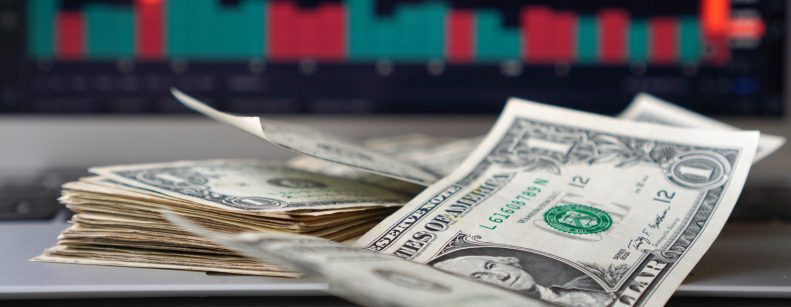
After reaching 20-year highs at the end of 3Q22, the dollar, as measured by the DXY index, had a sharp selloff until early 2023 (-12%). It makes sense, the dollar was very overvalued and remains so (+20% above its historical averages in real terms) and as is traditionally the case, the market's expectation of a rate peak by the Fed tends to coincide with a peak in the dollar.
With that momentum, one of the consensus calls for this year is for the dollar to continue to weaken, but something is not going right.. From January to date, the dollar has been trading in a narrow range between 101 - 105 (around 5%) and after strengthening against Asia in April, the dollar's strength broadened in May, particularly against Europe (see chart n°1).
We believe that this move is justified and can be extended a little further.. Much of the dollar's fall since 4Q22 has to do with the idea of a more dovish Fed than the rest, and a weaker US economy than the rest. Well, that is not so evident at least in recent times. Economic data has been worse than expected in Europe than in the US, which can also be explained by a certain loss of strength in the process of reopening the Chinese economy.
Particularly in Europe, a region that is more cyclical and more dependent on China than the U.S., economic data has been disappointing.. Despite a much improved energy supply situation, Europe's industrial activity indicator is the weakest since the depth of the pandemic in May 2020, and the German economy contracted in 1Q23. This is important because when we talk about the dollar, especially the DXY index, about 60% of the basket corresponds to the euro.
On the other hand, China's latest set of economic figures for April was also disappointing, including industrial production, retail sales, FAI and PMIs, particularly for the manufacturing sector.including industrial production, retail sales, FAI and PMIs, particularly in the manufacturing sector. However, the index of economic surprises in China has recently shown a strong adjustment (see chart n°2 and n°3).
So then, for the dollar to fall, the euro and renminbi have to rise, and that means they must offer more competitive returns on capital. But a rough patch in China's growth has opened the door to more (monetary) policy support and an even weaker case for investment flows. And weak industrial demand in Europe has poured cold water on the euro. Meanwhile, the US economy continues to prove more resilient, on the strength of the labor market and the service sector, and if monetary policy cannot quickly become more accommodative, then it is difficult for the dollar to sell off substantially. (see chart n°4 and n°5)
In the case of the Chilean peso, it has shown a superior performance so far this year (+5%), a good part of which can be explained by a lower perception of institutional political risk, a fall in the risk premium measured by CDS and a lower current account deficit, in the midst of the economy's adjustment process. This has favored higher flows, mainly from residents (see graph n°6 and n°7).
It should also be noted that the exchange rate "remains under intervention", even though the Central Bank has begun a process of gradual reduction of its forward operations, and dollar sales by the Treasury will be extended until June at a rate of US$100 million per day.
But as the external scenario becomes less friendly, the very strength of the global dollar, a decreasing support from treasury and central bank flows, coupled with an ever closer start of monetary normalization that would translate into a narrower rate differential in favor of the peso, we believe the peso is more vulnerable heading into 2H23.
Our own equilibrium models already show an overvalued peso that should trade closer to the $835 - $850 range.